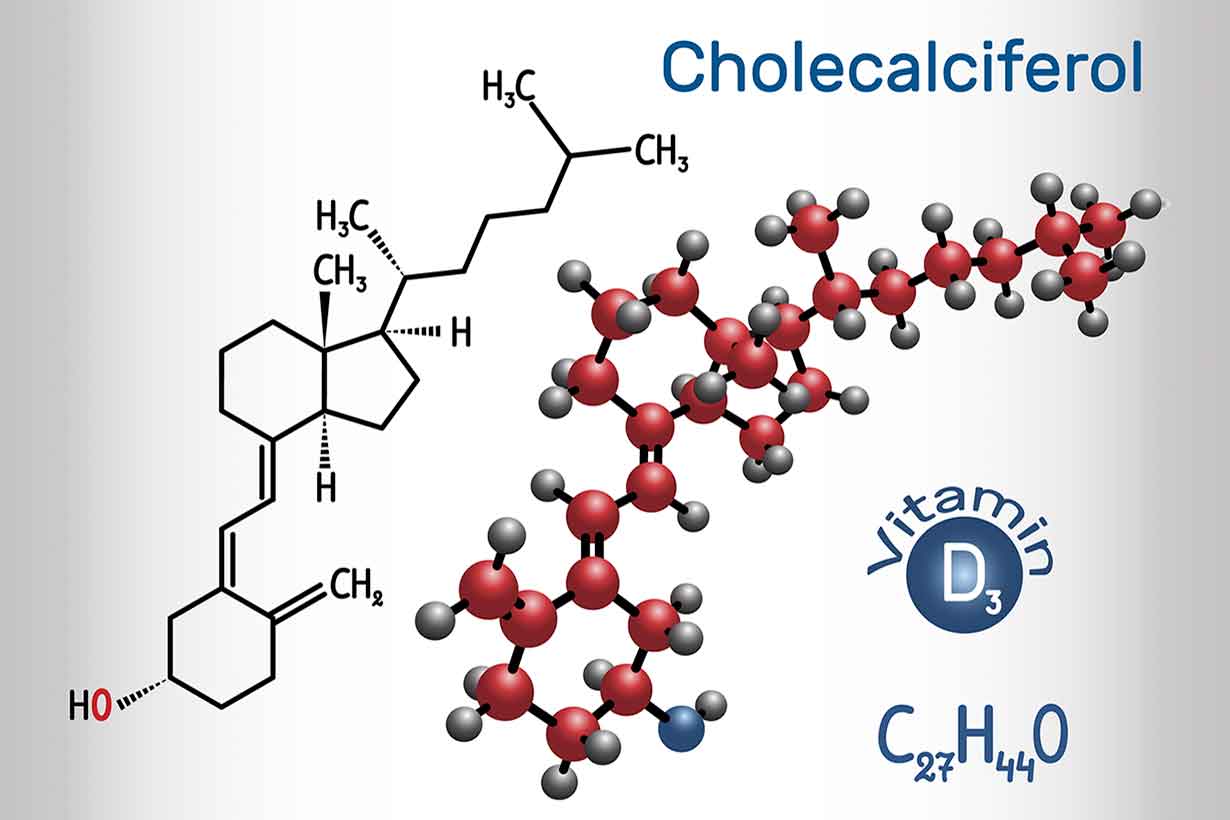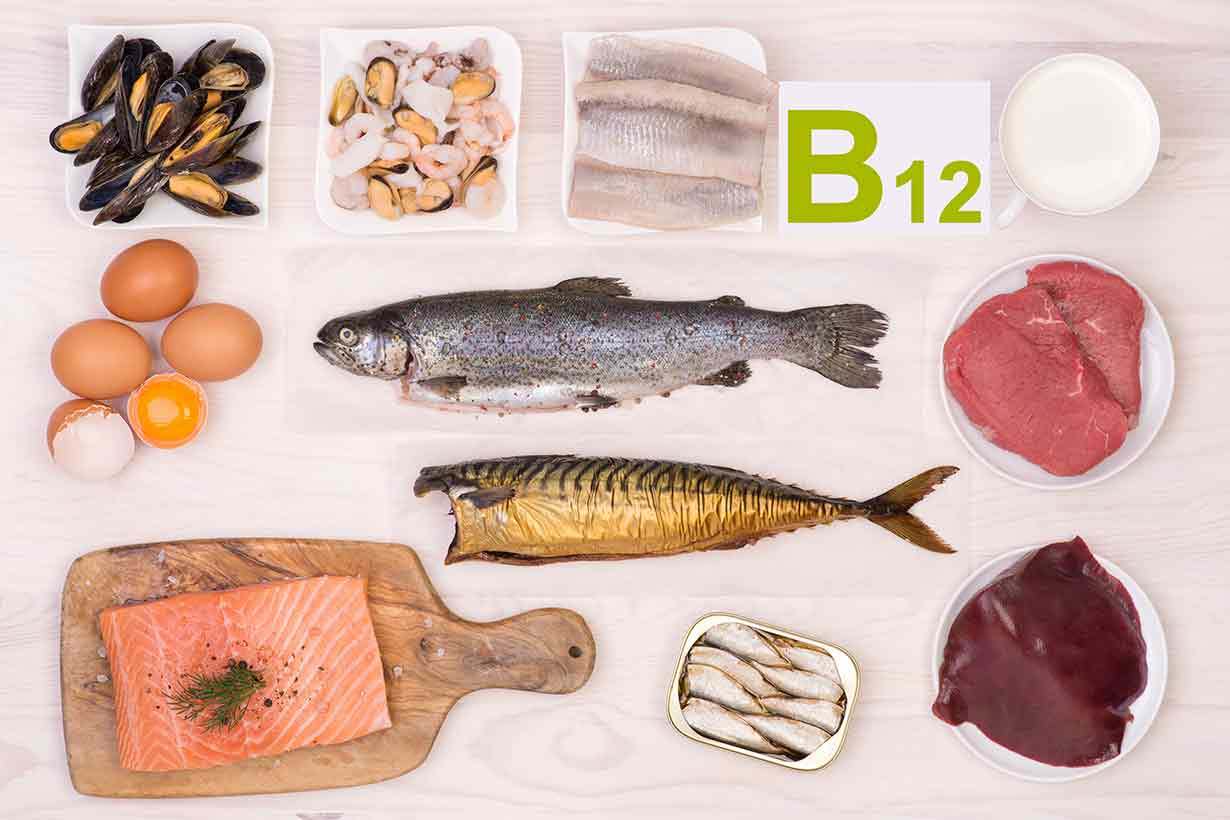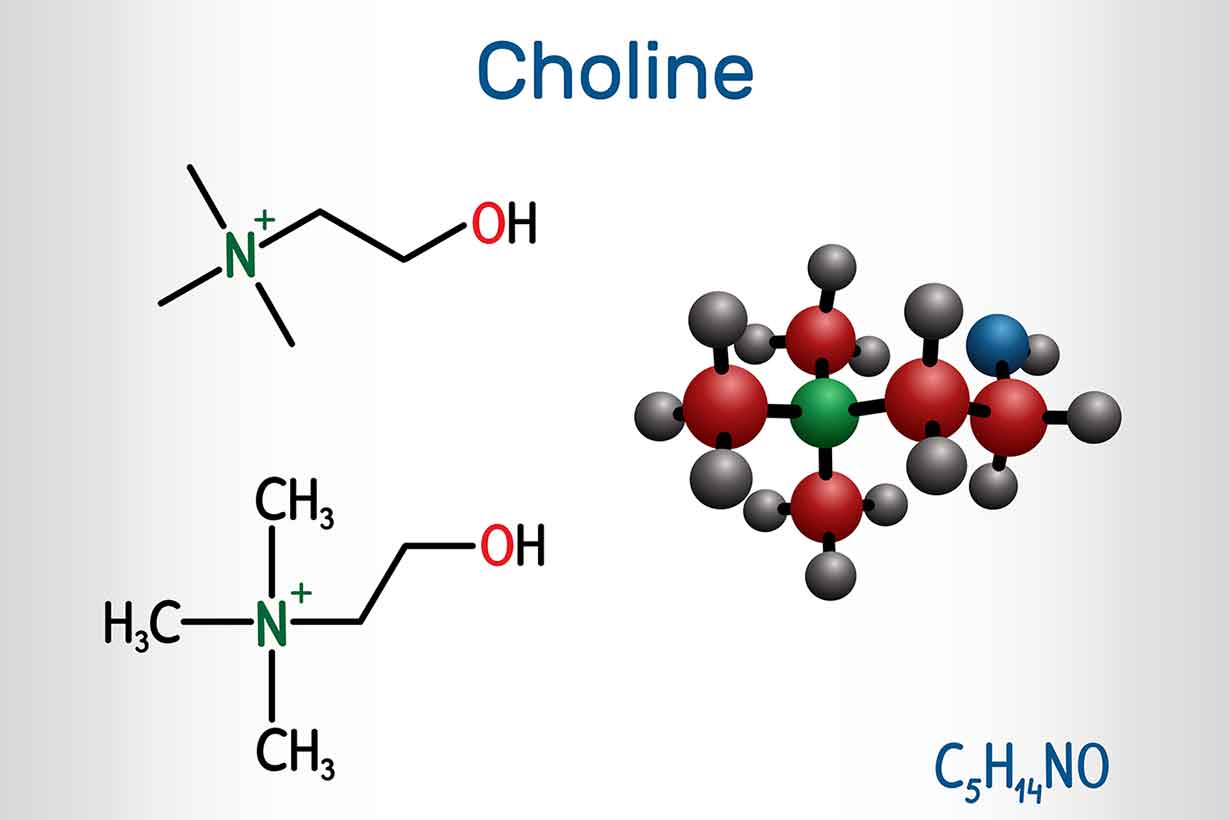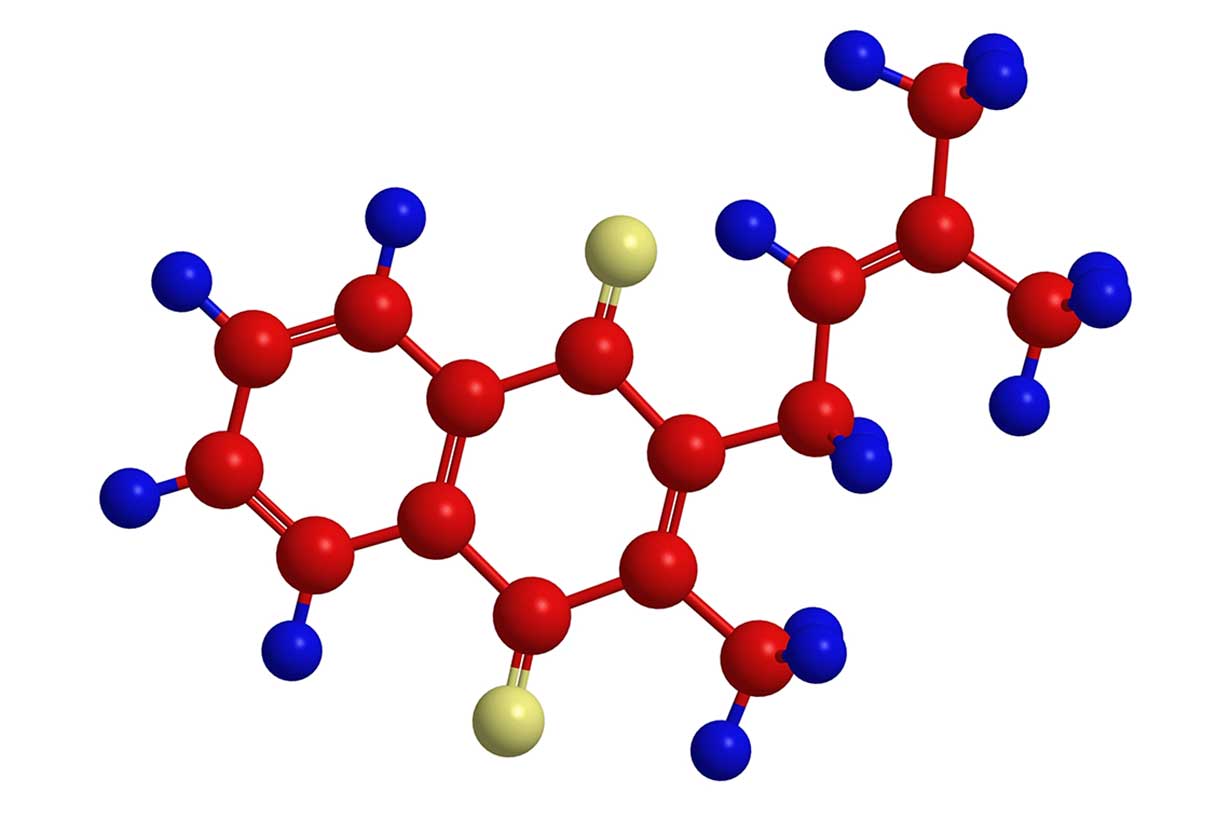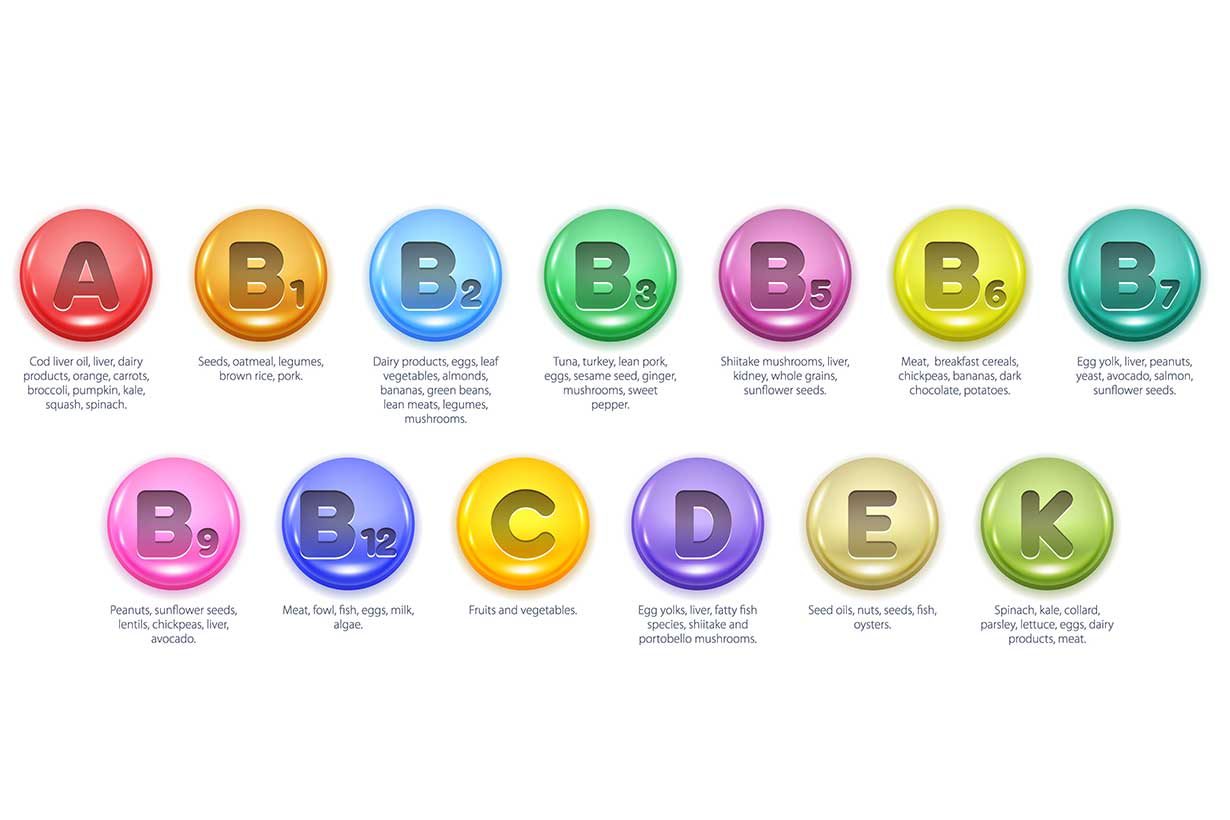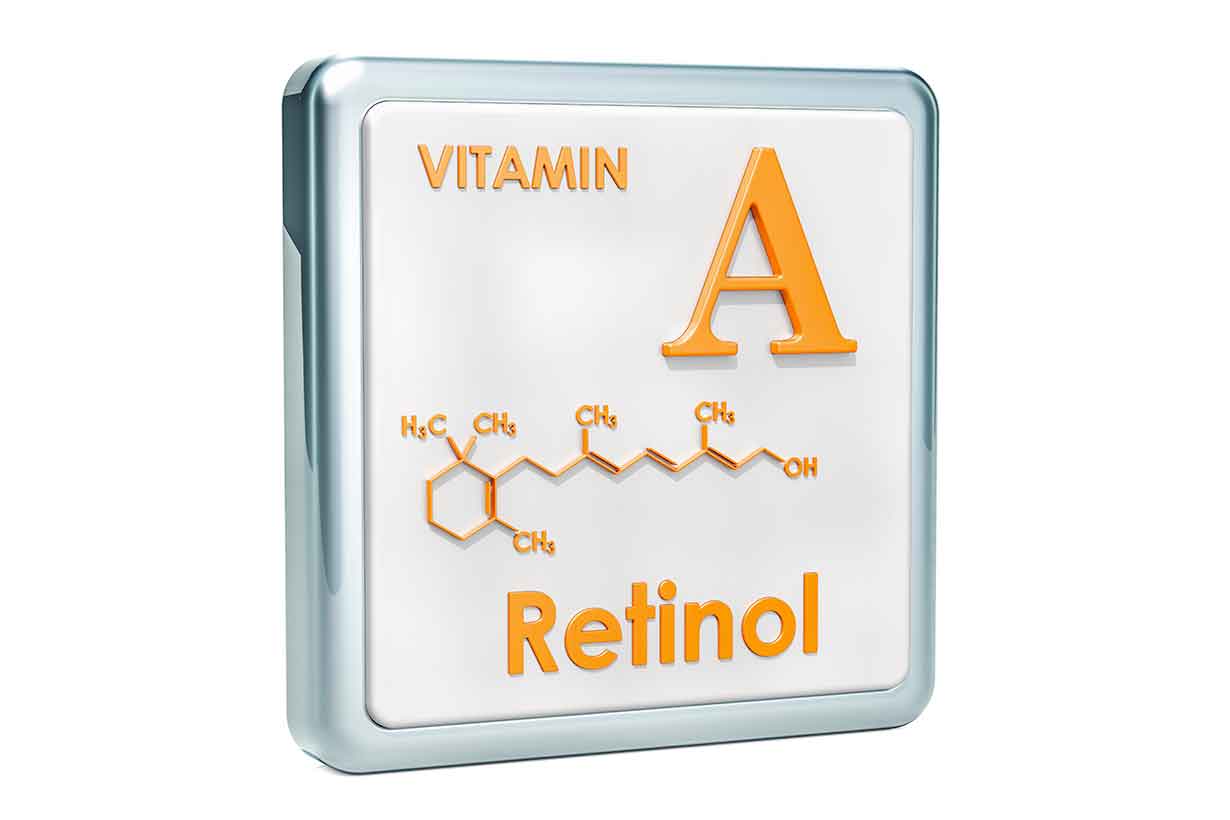Vitamin D is an essential nutrient that acts as a hormone in the body.
For those who live in colder and darker climates, low vitamin D levels can be surprisingly common (1, 2).
If we do not get sufficient vitamin D from sunlight or food, then health authorities typically recommend supplementation to meet requirements (3, 4).
Two main supplementary versions of the vitamin exist: D2 and D3. On this note, some early research suggested that vitamin D3 is more effective than vitamin D2. However, some later research suggested that D2 is equally effective at raising vitamin D levels (5, 6).
Despite large amounts of subsequent research, there is often confusion over whether the two are equal or different in terms of their effectiveness. This article examines the breadth of available research to determine how vitamin D2 and vitamin D3 compare for bioavailability and effectiveness.
What Are the Differences Between Vitamin D2 and D3?

Generally speaking, the main differences between vitamin D2 and D3 are their source and how the body processes them.
- Vitamin D2: otherwise known as ergocalciferol, vitamin D2 forms when a compound in fungi (such as mushrooms) called ergosterol reacts with ultraviolet-B (UVB) light from the sun (7).
- Vitamin D3: also known as cholecalciferol, vitamin D3 is produced when UVB reacts with a compound in the skin called 7-dehydrocholesterol (7-DHC). For this reason, 7-DHC is sometimes called provitamin-D3 (8).
Once ergocalciferol and cholecalciferol are produced, they are taken to the liver and then the kidney to undergo enzymatic reactions. In the liver, both D2 and D3 are metabolized into 25-hydroxyvitamin D, also known as 25OHD or calcifediol (9).
Calcifediol is the form of vitamin D found circulating in the blood, but it can also undergo a further reaction in the kidney, which produces calcitriol. Calcitriol is the hormonal (and most active) form of the vitamin (9, 10).
Sources of Vitamin D2 and D3
We can obtain vitamin D2 from mushrooms that have been exposed to UV light, fortified foods such as milk, and vitamin D2 supplements.
Vitamin D3 is available from certain animal foods such as oily fish and egg yolks, and it is also available as a supplement. As previously mentioned, it is also produced by sunlight reacting with a compound in human skin.
For more sources, there is a list of vitamin D rich foods here.
Vitamin D2 vs. D3: Bioavailability and Effectiveness
As previously mentioned, there appears to be some degree of confusion on whether D2 and D3 are equally effective or not.
To examine the evidence on this, a search was conducted using Medline to identify:
- Human trials that directly compare the effectiveness of vitamin D2 and D3
- Systematic reviews, meta-analyses, and other reviews that compare the efficacy of vitamin D2 and D3
Following this, the full paper for each study was subsequently analyzed.
For those interested in further information, you can find the studies used for this review and from where they are accessible in the table below.
Otherwise, skip the table and keep on reading.
| Study | Title | Type of Study | Available from |
|---|---|---|---|
| Chajalian M et al. (2020) | Vitamin D2 and D3 supplementation effect on serum 25(OH)D levels: a meta-analysis | Meta-analysis | Source |
| Hammami MM et al. (2017) | Differential effects of vitamin D2 and D3 supplements on 25-hydroxyvitamin D level are dose, sex, and time dependent: a randomized controlled trial | Randomized controlled trial | Source |
| Wilson LR et al. (2017) | Vitamin D deficiency as a public health issue: using vitamin D2 or vitamin D3 in future fortification strategies | Narrative review | Source |
| Tripkovic et al. (2017) | Daily supplementation with 15 µg vitamin D2 compared with vitamin D3 to increase wintertime 25-hydroxyvitamin D status in healthy South Asian and White European women: a 12-wk randomized placebo-controlled food-fortification trial | Randomized controlled trial | Source |
| Wetmore JB et al. (2016) | Cholecalciferol v. ergocalciferol for 25-hydroxyvitamin D (25(OH)D) repletion in chronic kidney disease: a randomized clinical trial | Randomized controlled trial | Source |
| Wilson LR et al. (2016) | Mechanisms for differences in the efficacy of vitamin D2 and vitamin D3: assessment of post-supplementation decline in vitamin D status in the D2-D3 study | Randomized controlled trial | Source |
| Shieh A et al. (2016) | Effects of high-dose vitamin D2 versus D3 on total and free 25-hydroxyvitamin D and markers of calcium balance | Randomized controlled trial | Source |
| Wilson L et al. (2015) | The D2-D3 study: comparing the efficacy of 15 µg/d vitamin D2 vs. D3 in raising vitamin D status in both South Asian and Caucasian women, and the ethical implications of placebo treatment | Randomized controlled trial | Source |
| Lehmann U et al. (2013) | Bioavailability of vitamin D2 and D3 in healthy volunteers: a randomized placebo-controlled trial | Randomized controlled trial | Source |
| Biancuzzo RM et al. (2013) | Serum concentrations of 1,25-dihydroxyvitamin D2 and 1,25-dihydroxyvitamin D3 in response to vitamin D2 and vitamin D3 supplementation | Clinical trial | Source |
| Tripkovic L et al. (2012) | Comparison of vitamin D2 and vitamin D3 supplementation in raising serum 25-hydroxyvitamin D status: a systematic review and meta-analysis | Systematic review & meta-analysis | Source |
| Binkley N et al. (2011) | Evaluation of ergocalciferol or cholecalciferol dosing, 1,600 IU daily or 50,000 IU monthly in older adults | Randomized controlled trial | Source |
| Heaney RP et al. (2011) | Vitamin D3 is more potent than vitamin D2 in humans | Randomized controlled trial | Source |
| Glendenning P et al. (2009) | Serum 25-hydroxyvitamin D levels in vitamin D insufficient hip fracture patients after supplementation with ergocalciferol and cholecalciferol | Randomized controlled trial | Source |
| Leventis P et al. (2009) | The tolerability and biochemical effects of high-dose bolus vitamin D2 and D3 supplementation in patients with vitamin D insufficiency | Clinical trial | Source |
| Holick MF et al. (2008) | Vitamin D2 is as effective as vitamin D3 in maintaining circulating concentrations of 25-hydroxyvitamin D | Randomized controlled trial | Source |
| Romagnoli E et al. (2008) | Short and long-term variations in serum calciotropic hormones after a single very large dose of ergocalciferol (vitamin D2) or cholecalciferol (vitamin D3) in the elderly | Randomized controlled trial | Source |
| Armas et al. (2004) | Vitamin D2 is much less effective than vitamin D3 in humans | Randomized controlled trial | Source |
| Trang HM et al. (1998) | Evidence that vitamin D3 increases serum 25-hydroxyvitamin D more efficiently than does vitamin D2 | Clinical trial | Source |
Systematic Reviews and Meta-Analyses
Systematic reviews and meta-analyses of randomized controlled trials are considered the highest quality studies and the least prone to bias.
Here are the findings from such studies on the efficacy of vitamin D3 vs. vitamin D2.
Chajalian (2020)
- Overview: This meta-analysis examined nine randomized controlled trials that used equivalent dosages of vitamin D2 or D3 in healthy adult participants.
- Summary of findings: Both vitamin D2 and vitamin D3 effectively raised vitamin D serum levels. While vitamin D3 led to a slightly higher increase, the difference between the two was not statistically significant (11).
Tripkovic (2012)
- Overview: Ten studies were systematically reviewed, and seven were meta-analyzed. The effect of vitamin D2 and D3 on serum vitamin D levels in adult participants was examined based on the type of supplementation and frequency.
- Summary of findings: Vitamin D2 and D3 supplementation both increased serum levels. However, vitamin D3 had a significantly greater effect at raising vitamin D levels when supplementary doses were given weekly and monthly, possibly due to a longer half-life. With daily supplementation, the differences between the two were not statistically significant (12).
Randomized Controlled Trials
After meta-analyses and systematic reviews, randomized controlled trials (RCTs) are the next most reliable way of judging research.
These trials compare two interventions (or an intervention and a placebo) in a randomized way, thus removing the risk of bias.
Here is an overview of randomized controlled trials that compared the efficacy of vitamin D2 and D3.
Once again, the full paper’s link is available (in brackets) for anyone wishing to obtain more detailed information.
Hammami (2017)
- Overview: This study randomized 279 adults into different groups to examine the effect of daily, twice-weekly, or four-times-weekly vitamin D2 and D3 supplementation.
- Summary of findings: All vitamin D supplementation groups experienced large increases in serum vitamin D levels regardless of whether taking D2 or D3. D3 was more effective at increasing vitamin D levels when supplementation was taken twice or four-times-weekly. After 20 weeks of supplementation, daily D2 supplementation had a greater effect than daily D3 supplementation, but twice-weekly D3 supplementation was the most effective regimen (13).
Tripkovic (2017)
- Overview: 335 female participants were randomized to consume either 15 μg of vitamin D2 or D3 daily for 12 weeks.
- Summary of findings: Once again, D2 and D3 groups both saw vitamin D levels rise significantly from baseline. However, D3 resulted in greater raises. The half-life of vitamin D3 was also longer, with tests showing that the elimination half-life was 82 days (compared to 33 days with vitamin D2) (14).
Wetmore (2016)
- Overview: This study compared the effect of weekly vitamin D2 and D3 supplementation on raising vitamin D levels in chronic kidney disease patients.
- Summary of findings: Weekly doses of vitamin D2 and D3 both led to increased serum levels of vitamin D. However, vitamin D3 was more effective and raised these levels more significantly (15).
Wilson (2016)
- Overview: 335 participants were randomized to receive either vitamin D3 or vitamin D2 daily for 12 weeks. Serum vitamin D levels were assessed at week 0, week 12, and also at week 16 for 38 of the participants (four weeks after finishing supplementation).
- Summary of findings: Both vitamin D3 and D2 led to significant raises in serum vitamin D levels at the 12-week mark. The effect was slightly more pronounced in the vitamin D3 group. However, at the 16-week mark, four weeks after supplementation ceased, the D3 group still had elevated vitamin D levels, whereas the D2 group had fallen back to baseline (16).
Shieh (2016)
- Overview: 38 adults were randomized into two groups of 19 participants. Each group received either 50,000 IU of D2 or D3 every week for five weeks.
- Summary of findings: Vitamin D2 and D3 supplements raised serum vitamin D levels, but D3 led to more significant raises over five weeks. Also, levels were still higher in the D3 group when measured after ten weeks (17).
Lehmann (2013)
- Overview: Doses of 50-μg/d vitamin D2 and 50-μg/d vitamin D3 were tested against placebo with blood vitamin D levels taken at four weeks and eight weeks. 119 participants were randomized into each group.
- Summary of findings: At the 8-week mark, total vitamin D levels increased significantly from baseline in both vitamin D2 (+30.2 nmol/L) and vitamin D3 (+45.5 nmol/L) groups. Both were effective, but D3 had greater efficacy (18).
Binkley (2011)
- Overview: This study examined daily (1,600 IU) and monthly (50,000 IU) doses of vitamin D2 and D3 on 64 adults over the age of 65 over one year. Vitamin D levels were taken at baseline and month 1, 2, 3, 6, 9, and 12.
- Summary of findings: Across the different dosing regimens and test measurements, vitamin D3 was slightly but statistically significantly more effective at raising serum vitamin D levels (19).
Heaney (2011)
- Overview: 33 healthy adults were randomized to receive vitamin D3 or D2 at a dose of 50,000 IU per week over 12 weeks.
- Summary of findings: Over the treatment period, vitamin D3 was “approximately 97% more potent” in raising serum vitamin D levels (20).
Note: “87% more potent” sounds impressive. However, it should be noted that this was one of the smaller studies featured in this guide, so the effect sizes may be more significant.
Additionally, several of the other studies in this review noted that vitamin D2 is more effective when taken daily rather than weekly.
Glendenning (2011)
- Overview: 95 hip fracture patients were randomized to receive either vitamin D2 or vitamin D3 at 1,000 IU per day for three months. Total serum vitamin D levels were measured after three months.
- Summary of findings: Both D2 and D3 supplementation raised total vitamin D levels, with D3 being approximately 31% more effective (21).
Holick (2008)
- Overview: 68 healthy adults were randomized to either placebo, D3, D2, or D2+D3 groups. Each supplementation group consumed either 1,000 IU each day of D2 or D3 (or 500 IU of each in the mixed group). Serum vitamin D levels were measured at baseline and the end of the 11-week period.
- Summary of findings: All participants supplementing vitamin D had increased vitamin D levels compared to baseline, but there were no significant differences between the D2 and D3 groups (6).
Note: one potential issue with this study is that participants were “permitted to take their multivitamins.” This may have introduced bias into the results.
Armas (2004)
- Overview: 20 healthy male participants were randomized to receive either 50,000 IU of vitamin D2 or vitamin D3. After receiving the dose, serum vitamin D levels were measured over a period of 28 days.
- Summary of findings: Single doses of both D2 and D3 greatly increased serum vitamin D levels, but the effect of D3 was significantly greater. The researchers noted that the potency of vitamin D2 was “less than one third that of vitamin D3” (5).
Note: again, this study was very small, which may have led to greater effect sizes. Additionally, high monthly doses of vitamin D2 do not appear to be the ideal regimen, as seen with other studies.
Other Studies
Other non-randomized studies and narrative reviews tend to note the same findings as the higher-quality studies listed above.
For instance, the most common finding is that vitamin D2 and D3 both increase serum vitamin D levels, but D3 has a slightly greater effect (22, 23, 24, 25).
Vitamin D2 vs. D3: How Do They Compare?
While it is relatively common to hear claims that D2 and D3 are equal or that D3 is by far the best source, the existing research suggests the truth lies somewhere in between.
Here is a summary of the common findings that have been replicated across multiple, high-quality studies:
- Vitamin D2 and D3 both significantly raise serum vitamin D levels
- Vitamin D3 tends to have a greater effect at raising serum levels than D2
- The difference between the efficacy of D2 and D3 is smallest with daily supplementation
- Vitamin D3 raises serum vitamin D levels for longer periods of time
With this in mind, it appears that, for most people, D3 would be the most effective form of vitamin D for raising serum vitamin D levels.
However, D2 is also effective, and it may be the preferred choice for those who prefer to get their vitamin D from a plant source.
For more articles on essential nutrients, see this guide to essential vitamins.

